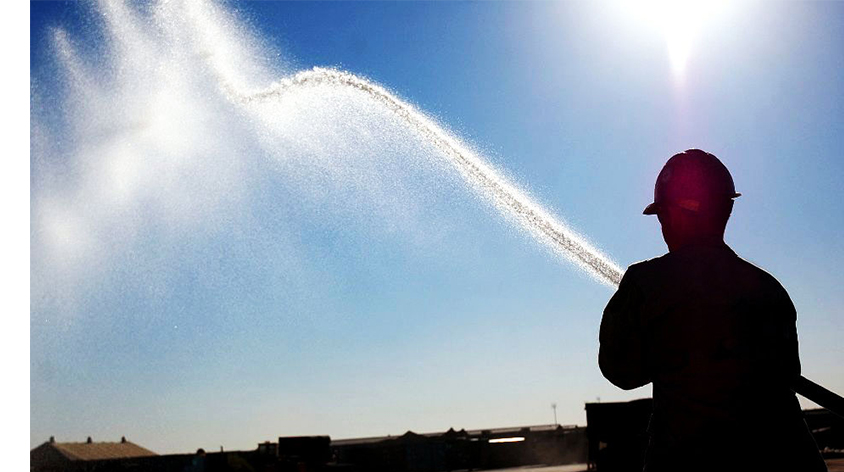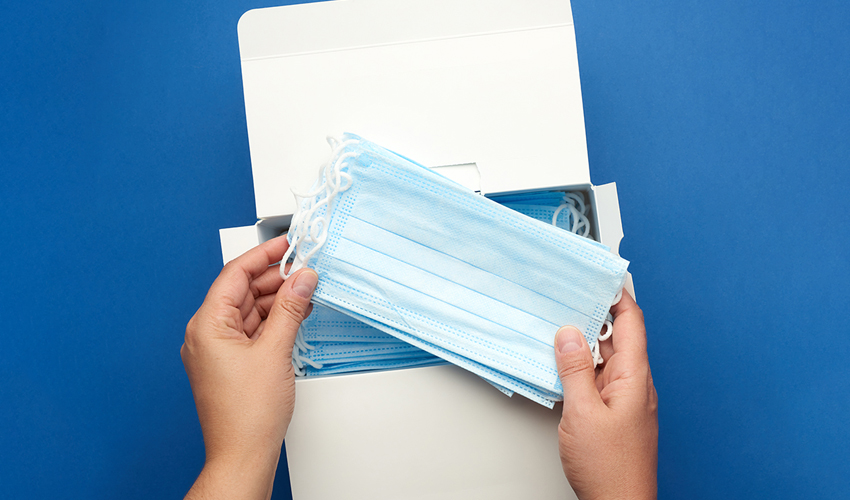Our tips for concrete pouring
Check out some of our tips for concrete pouring:

Calculating concrete volume
Measure carefully the areas to be covered with concrete, especially in regards to the thickness of the slabs. Variations in these measures may lead to the need for a larger volume of concrete than planned.

Convenience and flexibility
By hiring Polimix, you no longer have to worry about buying material and equipment. The concrete will be delivered ready to be poured, making the job progress in a much simpler and faster manner.

Concrete plasticity
If you need a type of concrete with more plasticity, i.e., one with a different slump from what is specified in the delivery invoice, please contact our Customer Service.

Do not add too much water to the concrete
Addition of water at the work site is not allowed. The consistency of the concrete is defined by the mixer operator. Concrete with excess water is easier to handle, but it results in porous concrete that may cause seepage, leaks and, mainly, reduced compressive strength.

Getting ready for the arrival of the concrete
Before the concrete is poured, be sure to moisten absorbent surfaces, such as wood surfaces, in the form of slabs, beams, pillars, tiles or ceramics. Then use wood or planks to walk over the concrete that was spread over the slab.

Check the seal on the concrete mixer truck
Check that the concrete mixer truck has arrived properly sealed, by verifying that the seal numbers the same that is specified on the delivery invoice.

Handling time
Concrete is a mixture whose handling time is limited (two and a half hours maximum after leaving our measuring plant). Therefore, try to reduce the pouring time, as a delay may result in the use of concrete in a hardening state, making handling difficult and compromising quality.

Surface finish
Avoid the excessive use of the spatula, as this procedure may cause the appearance of cracks. Spreading the cement on the concrete surface before it is cured may also promote the emergence of cracks (small cracks).

Concrete curing
The curing of the surface must be prolonged for at least 7 days after the pouring. The simplest and most common methods are: wet plaster or cement bags placed on the surface of the concrete surface or a 1” layer of water on top of the slab surface. Curing is necessary even on cloudy days, even if it is windy.

Social Responsibility
Polimix supported the Instituto Ipê project “Costurando o Futuro” (“Sewing for the Future”, in English) by acquiring 650 masks made by a group of women embroiderers from the town of Nazaré Paulista/SP. The Project aims to promote entrepreneurship through collaborative practices that generate income.
The masks were distributed to the integrants from Vila Industrial, in São Paulo, to promote Covid-19 protection.

Turma Formare
Polimix was the first company in the civil construction sector to implement, in partnership with the Iochpe Foundation, the Programa Formare, a professional education program that mobilizes dozens of volunteers to train young people. Polimix offers its facilities and the talent of its integrants to prepare young people for the workforce.
Achievements since 2011:

213 graduates

54% working for the Organization

74% joined the labor market

77 volunteer educators a year

900 instruction-hours a year



